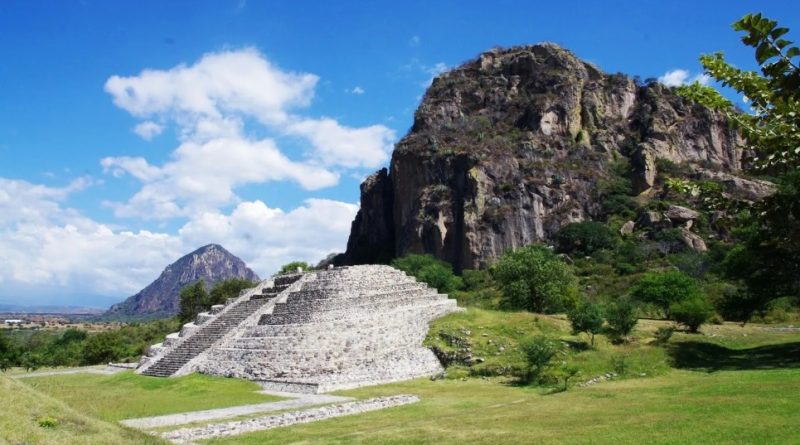The Olmecs and agriculture
The Olmecs and agriculture
The Olmecs were an ancient pre-Columbian civilization that flourished in the region that is now known as southern Mexico, primarily in the territories of the states of Veracruz and Tabasco, between approximately 1400 B.C. and 400 BC. They are considered one of the first major cultural groups of Mesoamerica and had a significant influence on many of the region’s later civilizations, including the Zapotecs and Maya.
The Olmecs are best known for their stone sculptures, including the famous colossal heads. These heads are gigantic representations of human faces, carved from large blocks of basalt and other stones. The Olmec colossal heads are one of the main enigmas of Mesoamerican art and archaeology, since it is not known for certain who the people depicted were or what the reasons were why they were created.
The Olmecs were also skilled farmers and traders. They grew corn, beans, pumpkins, and other crops and actively participated in the trade of jade and other precious goods with other Mesoamerican civilizations.
The Olmec civilization was largely unknown until major archaeological discoveries were made during the 20th century. Their cultural influence has been recognized throughout Mesoamerica, and they are often regarded as the precursors of many of the other great Mesoamerican civilizations that would later emerge, such as the Maya and the Aztecs. However, much of their traditions and history remain shrouded in mystery due to the lack of written texts by the Olmec themselves.
Agricultural techniques and tools –
Although the Olmecs are primarily known for their monumental sculptures and artistic heritage, it is possible to make some assumptions about the agricultural techniques and tools they may have used based on general knowledge of Mesoamerican agriculture at the time. It is important to note that much of the information about the Olmecs is based on archaeological finds, as there are no direct written records left by this civilization. Therefore, much of the information about how they grew food and the agricultural tools they used is inferred from material evidence and scientific studies of the areas in which they lived.
Maize Cultivation: Maize was a staple crop in the Mesoamerican diet and probably also for the Olmecs. They used techniques such as terrace or small plot cultivation, as the coastal plains of their region could be subject to seasonal flooding.
Irrigation System: The Olmecs probably used irrigation systems to grow their crops. The region in which they lived had a network of rivers and swamps, and irrigation would have been essential to ensure a constant supply of water for crops.
Agricultural Tools: The agricultural tools of the Olmecs were probably made mainly of wood, stone, and bone. These tools may have included hoes, rasps, axes, and shovels made of local materials. The Olmecs were skilled stone carvers, so they could have made stone agricultural tools for tilling the soil.
Terracing and landscaping: Like other Mesoamerican civilizations, the Olmecs may have built terraces to adapt the land to their crops. These terraces would have helped prevent soil erosion and manage irrigation water.
Harvesting and Storage: Once harvested, agricultural products had to be preserved. The Olmecs may have used huts or storage structures to protect their crops from animals and adverse weather conditions.
Guido Bissanti

